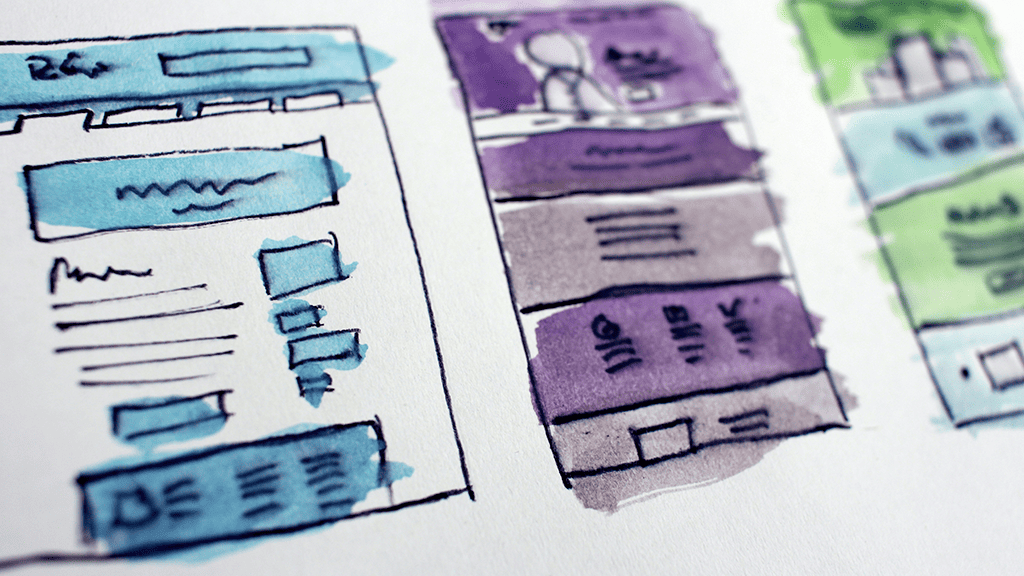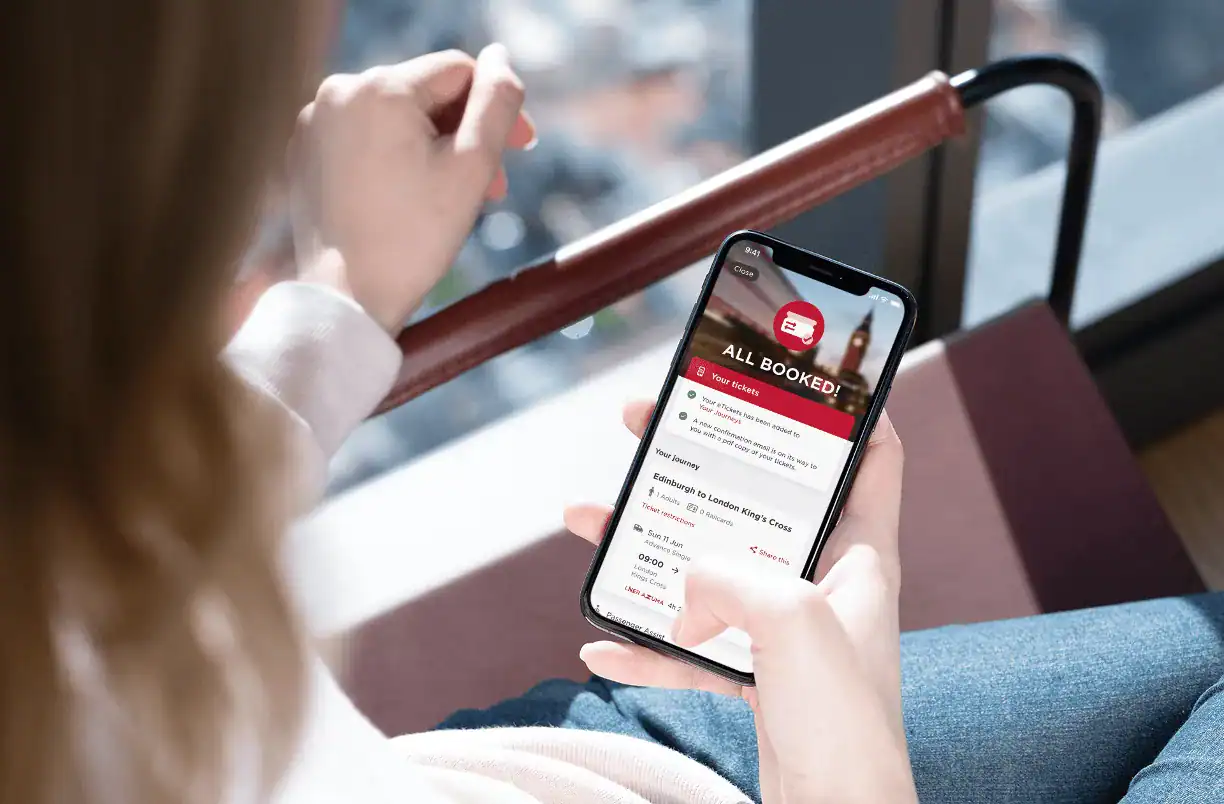
Product prototyping is an important part of any launch process, whether you’re dealing with a physical product or intangible technology. A prototype can take many forms, such as still images, drawings or digital renderings, interactive versions of a final product or a high-fidelity fully coded piece of software.
Crucially, product prototyping allows CTOs nowadays to get buy-in from their stakeholders or investors, as well as glean essential insights to make the product as useful as possible.
We recently talked about creating prototypes on our TechTalks podcast with Jamie Humphries, a tech lead, and Jake Turner, UX designer at Softwire. So keep reading to find out their take on how to get the most from your product prototyping process.
The 3 steps for product prototype success
Step 1: Choose your medium
Prototyping can look different for every business. Building a fully functional piece of code might be useful for certain products, but time and code might go to waste if user testing reveals issues. Jamie succinctly points out that “throwing away a prototype is much cheaper than throwing away a whole system that you’ve built”. So how do you identify the right method?
Consider what you’re creating; is the concept entirely new or does the model for prototyping already exist? A prototype model doesn’t have to be physical or even digital, but can even be an idea — Jake uses the example of Uber. Though everyone knew what taxis were and how they operated, Uber created a “new mental model” in the way the public thought of taxis.
In order to save money and time, choose a prototype that suits your product stage. When creating something new, start with a mental model, then imagery, an interface, and work up to a working coded version to gain value at every stage. When creating a prototype for an existing model or idea, utilise established software, interfaces, or existing code to save costs and time.
Step 2: Get it into the hands of the user
Next, get the product prototype in front of the people who will be using it.
Jamie recommends putting it “into the hands of the user” quickly in order to gain valuable feedback (this can occur with product testing panels or releasing an earlier version to trusted clients).
This part of the process can validate the ideas and create the next steps in terms of functionality so that user needs are met effectively in the final product.
Without this feedback loop, you could be servicing business ‘wants’ instead of the requirements of your target audience.
Step 3: Fail and learn fast
The point of prototyping, in Jake’s words, is “ to fail fast” in order to get insights.
A successful prototype ultimately fails because you’ll have learned something, and therefore your final product can evolve. If your testers have issues with the idea itself or just the layout or interface, then “you can quickly pivot and change the way you’re approaching the problem”.
Be careful of holding too tight to the original idea. In Jamie’s experience, those who are unwilling to pivot after feedback are “losing the benefits of prototyping” and will ultimately create an end product that serves their own needs instead of the end customer.
Develop and learn more from your product prototype process
You can listen to the full podcast here, featuring Jamie and Jake, to learn about their experiences with prototyping. You can also check out the #TechTalks podcast series on Soundcloud.


